South Africa’s signature grape variety, Pinotage, has long been a subject of fascination and debate among wine enthusiasts. Born from a cross between Pinot Noir and Cinsaut (then known as Hermitage in South Africa), this uniquely South African cultivar has evolved over the decades, with fermentation techniques playing a pivotal role in shaping its distinctive character. Unlike more traditional varietals, Pinotage demands a careful balance of innovation and respect for its heritage to unlock its full potential in the cellar.
The fermentation process for Pinotage is where the magic—and occasional challenges—begin. Known for its bold, sometimes unruly nature, the grape requires precise temperature control and timing to tame its robust tannins while preserving its vibrant fruit profile. Many winemakers opt for a combination of stainless steel and oak fermentation vessels, allowing the wine to develop complexity without overwhelming its inherent spiciness and dark berry notes. The choice of yeast strains is equally critical, with some producers favoring indigenous yeasts to enhance terroir expression.
One of the most intriguing aspects of Pinotage fermentation is its capacity for carbonic maceration, a technique more commonly associated with Beaujolais. This method, involving whole-cluster fermentation in a carbon dioxide-rich environment, can soften the grape’s naturally firm structure and coax out unexpected layers of red fruit and floral aromatics. A handful of progressive estates in Stellenbosch and Swartland have embraced this approach, creating Pinotage wines that defy expectations with their lifted, almost ethereal quality.
Oak integration remains a hotly contested topic among Pinotage producers. Where some argue for extended aging in heavily charred barrels to amplify the variety’s smoky, coffee-like undertones, others advocate for subtler oak influence to let the grape’s plum and bramble flavors shine. The middle ground—often employing older oak or larger format casks—has gained traction recently, yielding wines with both depth and drinkability. What’s undeniable is that the fermentation and élevage decisions made in these early stages profoundly impact whether a Pinotage becomes a fruit-forward crowd-pleaser or a brooding, age-worthy red.
Perhaps the most revolutionary development in Pinotage fermentation has been the resurgence of concrete eggs and amphorae. These ancient vessels, now finding modern application, provide a neutral environment that preserves primary fruit characteristics while allowing gentle oxidative development. Early adopters report that these alternatives to traditional oak impart a textural silkiness to Pinotage that complements rather than competes with its natural vibrancy. As climate change pushes harvest dates earlier and sugar levels higher, such fermentation tools offer winemakers new ways to maintain balance in their wines.
The human element in Pinotage fermentation cannot be overstated. From the vineyard workers who hand-sort clusters to eliminate unripe berries, to the winemakers who vigilantly monitor pump-overs during peak fermentation, every decision leaves an imprint on the final product. This hands-on approach stands in contrast to more automated processes used for international varieties, reflecting Pinotage’s status as South Africa’s vinous ambassador—a grape that rewards those willing to engage with its idiosyncrasies rather than force it into conformity.
Looking ahead, the future of Pinotage fermentation appears dynamic. Experimental techniques like submerged cap fermentation and the use of grape stems are yielding intriguing results, while a renewed focus on cooler fermentation temperatures preserves the variety’s signature brightness. What remains constant is the passion of South Africa’s winemaking community to refine and redefine what Pinotage can be. As these innovations take root, the world may soon discover that this much-maligned grape, when treated with insight during fermentation, can produce wines of surprising elegance and distinction.
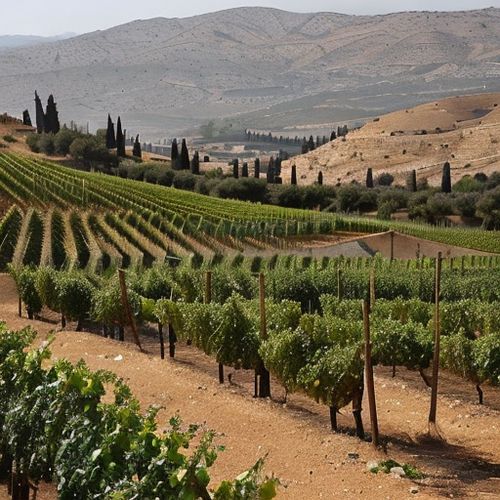
By Jessica Lee/May 10, 2025
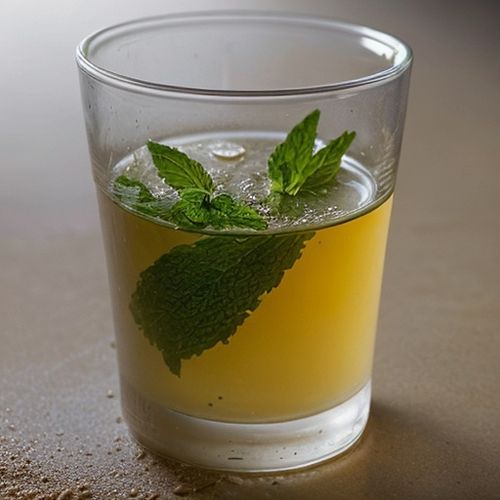
By Victoria Gonzalez/May 10, 2025
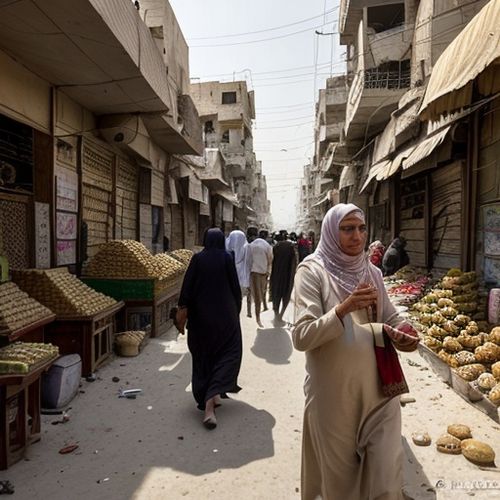
By Noah Bell/May 10, 2025
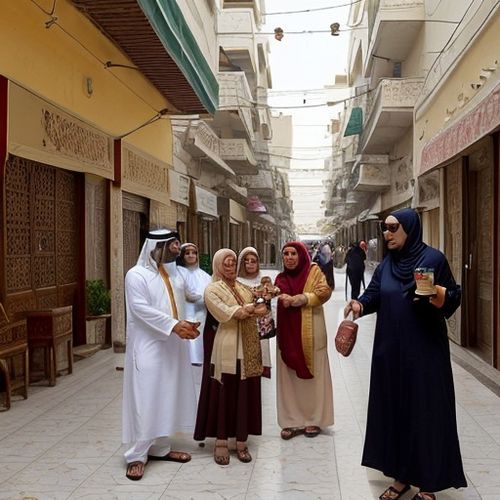
By Benjamin Evans/May 10, 2025
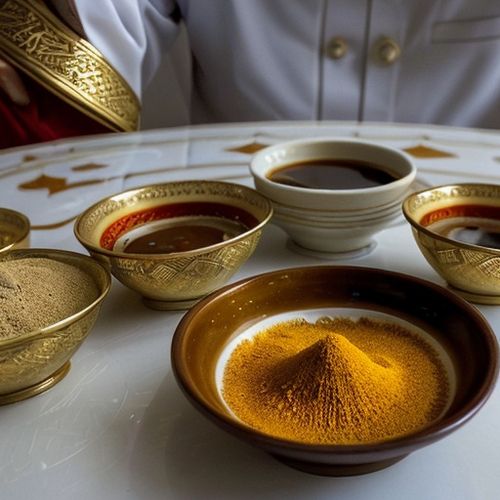
By Rebecca Stewart/May 10, 2025
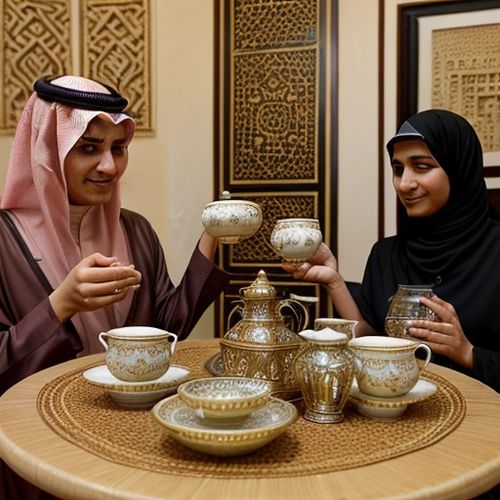
By Daniel Scott/May 10, 2025
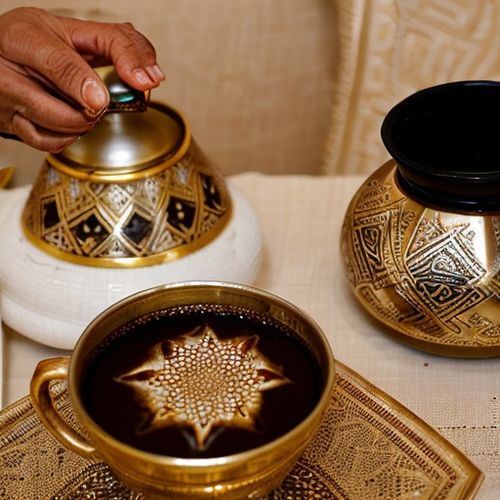
By Samuel Cooper/May 10, 2025
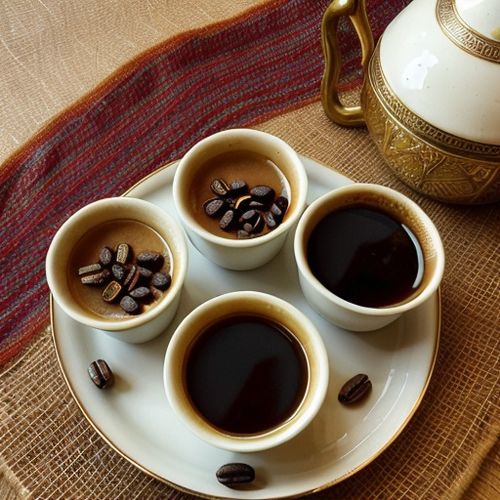
By Ryan Martin/May 10, 2025
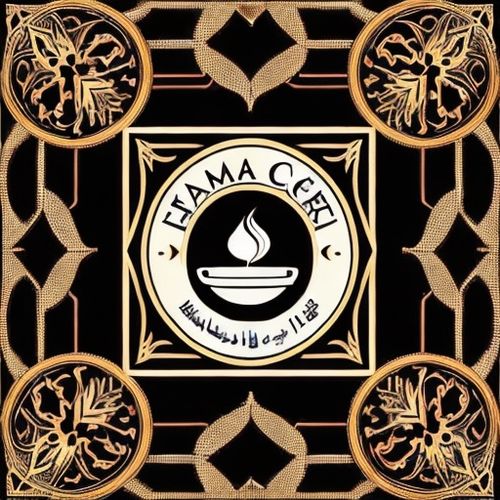
By James Moore/May 10, 2025

By Rebecca Stewart/May 10, 2025
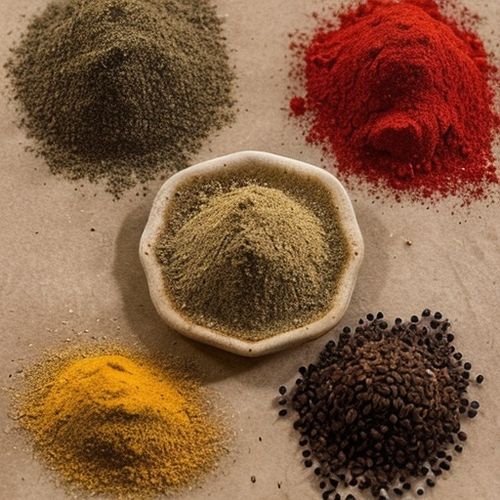
By Rebecca Stewart/May 10, 2025

By Thomas Roberts/May 10, 2025
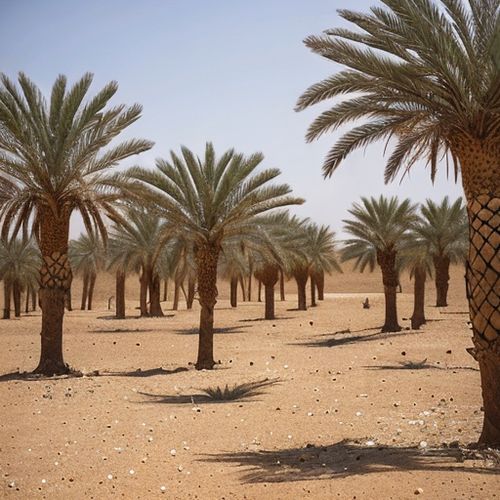
By Grace Cox/May 10, 2025

By Sophia Lewis/May 10, 2025
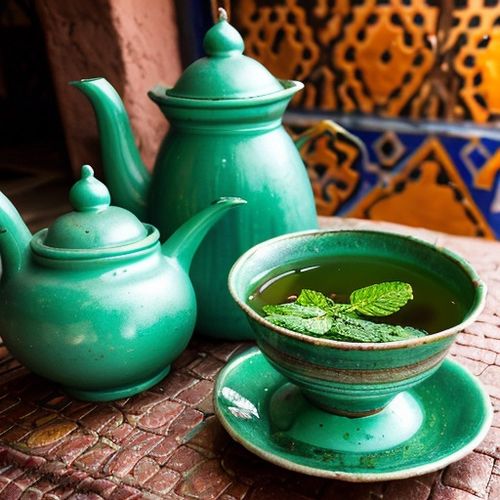
By Sophia Lewis/May 10, 2025
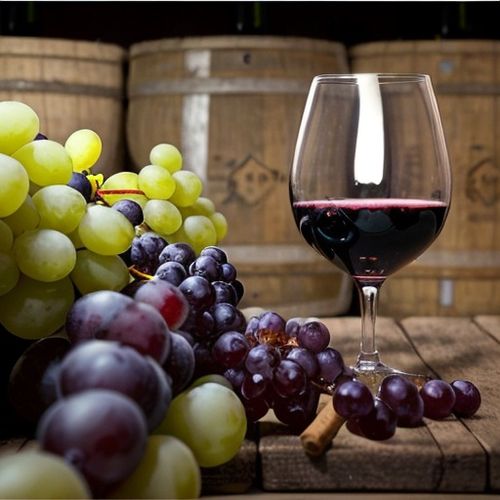
By Daniel Scott/May 10, 2025
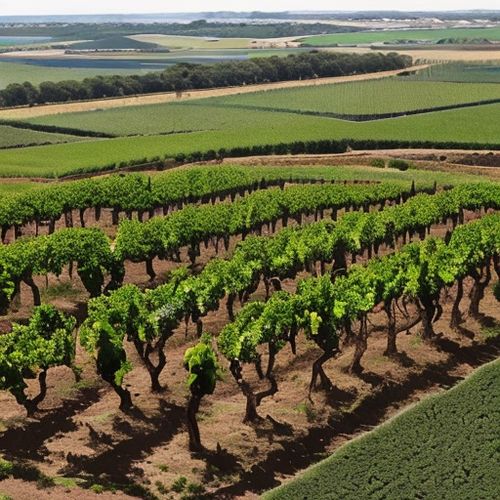
By Amanda Phillips/May 10, 2025
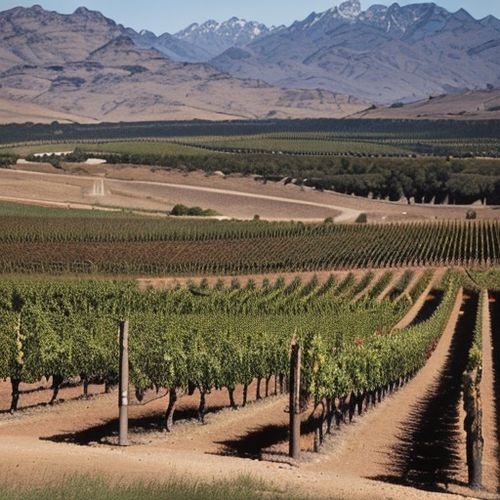
By Lily Simpson/May 10, 2025
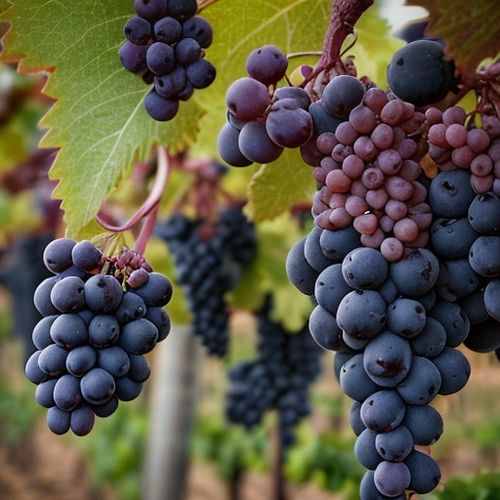
By Natalie Campbell/May 10, 2025
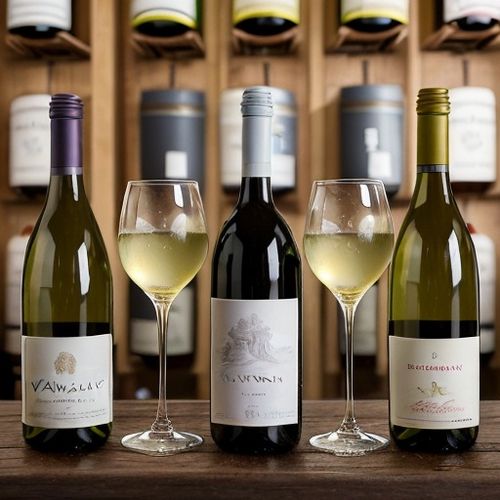
By Olivia Reed/May 10, 2025